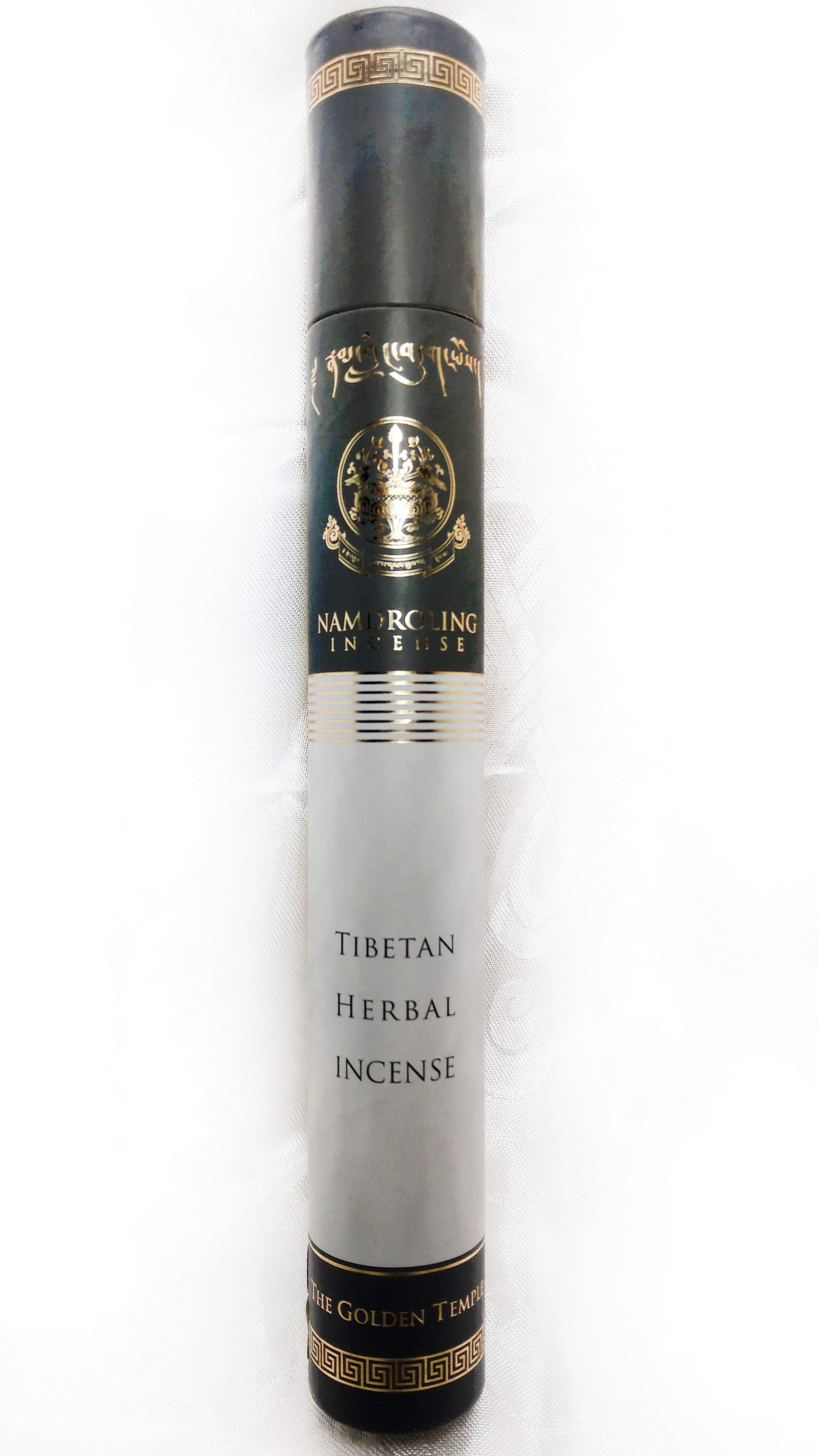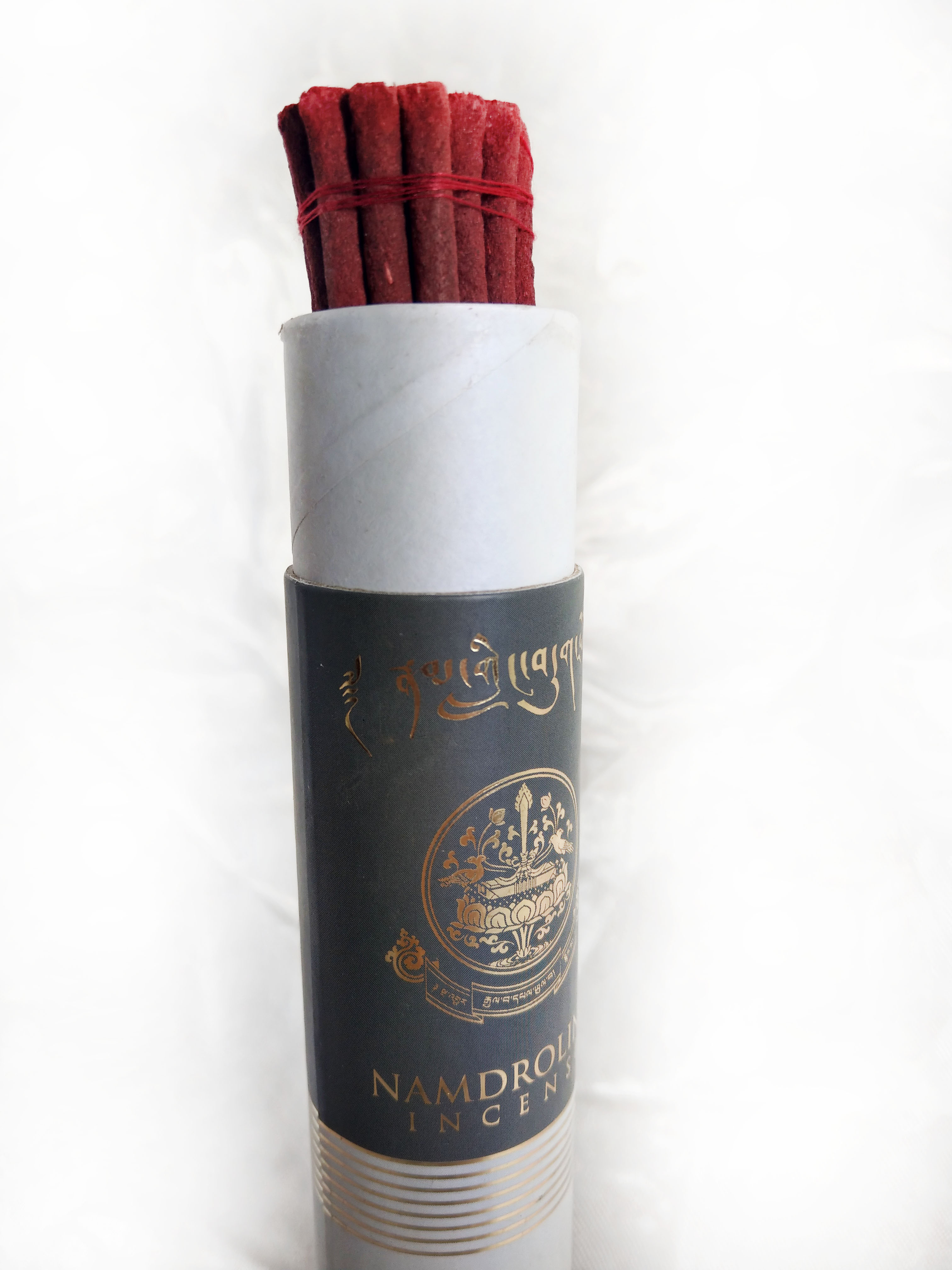|
|
|
|
|
|
|
|
Member: |

|
|
|
|
|
|
|
|
 |
|
 |
|
|
"Our prime purpose in this life is to help others. And if you can't help them, at least don't hurt them."
~Dalai Lama XIV |
|
|
 |
|
 |
|
|
|
|
|
|
 |
|
 |
|
|
|
Stick Incense
|
|
|
 |
|
Please contact us to verify availability. 1-626-354-6228
Email: zambalallc@gmail.com
America area customers can view on this website first.
https://FlyingMystics.org/ |
|
|
|
|
|
|
Material: Handmade Tibetan incense. Various natural medicinal materials.
Size: Each bundle contains about 27 sticks ± 1 stick, about 24 cm in length
Description:
In Tibetan Buddhism, **Handmade Tibetan incense from Namdroling Monastery** is an important religious offering and practice aid with profound cultural and spiritual significance. The following is a detailed description of its significance and origin:
**The significance of handmade Tibetan incense from Namdroling Monastery**
1. **Offering and purification**:
Tibetan incense (Tibetan: bsang) is mainly used in Tibetan Buddhism to offer to the Three Jewels of Buddha, Dharma, and Sangha, as well as the main deity, guardian deity, and other saints. The smoke from burning Tibetan incense is believed to purify the environment, drive away negative energy, and create a pure atmosphere for the practice place. The Tibetan incense from Namdroling Monastery is considered a particularly sacred offering because of its excellent production and the blessing power of the temple.
2. **Connecting the mind and the main deity**:
The fragrance of Tibetan incense is believed to convey the practitioner's mind to the Buddhas and Bodhisattvas, helping the practitioner to focus on meditation and Zen. Namdroling Tibetan incense is usually infused with specific herbs and minerals, which are believed to enhance spirituality, balance the body and mind, and enhance the effect of practice.
3. **Symbol of impermanence and compassion**:
After burning, Tibetan incense turns into smoke, which symbolizes the impermanence of life and the transience of all things in the world, reminding practitioners to let go of their attachments. At the same time, the smoke of Tibetan incense floats in all directions, symbolizing the spread of offerings and compassion to all living beings, embodying the spirit of altruism.
4. **Cultural and ritual functions**:
Tibetan incense is an indispensable element in Tibetan Buddhist ceremonies, salvation ceremonies or daily practice. Due to its high quality and traditional production process, the Tibetan incense of Namdroling is often used in important religious occasions, such as fire offerings (bsang mchod) or Homa ceremonies, to enhance the blessing power of the ritual.
**The origin of handmade Tibetan incense at Namdroling Monastery**
1. **Background of Namdroling Monastery**:
Namdroling Monastery (Tibetan: Namgyal Monastery) is an important monastery of the Gelugpa sect of Tibetan Buddhism. It is located in Dharamsala, India. It is the private monastery of the Dalai Lama, dedicated to religious ceremonies and practices for the Dalai Lama and his followers. The monastery is famous for its rigorous doctrinal inheritance and exquisite craftsmanship, including the production of thangkas, Buddha statues and Tibetan incense. The Tibetan incense at Namdroling Monastery is regarded as a high-quality religious item because its production process follows ancient formulas and religious rituals.
2. **Historical origin of Tibetan incense**:
The production and use of Tibetan incense can be traced back to the early days of Tibetan Buddhism, especially the rituals of the period when Padmasambhava introduced Tantric Buddhism. The formula of Tibetan incense combines the herbal knowledge of Bon (the original religion of Tibet) and the offering tradition of Indian Buddhism, gradually forming a unique Tibetan Buddhist cultural feature. The Tibetan incense of Namdroling Monastery inherits this tradition and combines the characteristics of Tantric practice of the Gelugpa sect.
3. **Production process**:
The handmade Tibetan incense of Namdroling Monastery usually uses natural materials, such as alpine herbs (such as rhododendron and saffron), resin, sandalwood, mineral powder, etc., and is handmade according to ancient recipes. The production process is often accompanied by the prayers and blessings of monks to ensure that the Tibetan incense has spiritual power. These Tibetan incense do not contain chemical additives, emphasize naturalness and purity, and meet the requirements of Tibetan Buddhism for pure offerings.
4. **The unique status of Namdroling Monastery**:
As the exclusive monastery of the Dalai Lama, the Tibetan incense made by Namdroling Monastery is not only used for rituals within the monastery, but also widely circulated among Tibetan Buddhists. Its Tibetan incense is believed to carry the blessing power of the monastery and is especially cherished by practitioners and believers. With the globalization of Tibetan Buddhism, the Tibetan incense of Namdroling Monastery has also become a bridge connecting Tibetan culture with believers around the world.
**Cultural and modern significance**
- **Religious practice**: The Tibetan incense of Namdroling Monastery is widely used in ceremonies, meditation, fire offerings and other occasions, and is regarded as a medium connecting the secular and the sacred.
- **Cultural inheritance**: The Tibetan incense making process is an important part of Tibetan culture. Namdroling Monastery has inherited this ancient craft by insisting on hand-made production, and has continued the cultural foundation in the exiled Tibetan community.
- **Modern application**: As Tibetan Buddhism spreads to the world, the Tibetan incense of Namdroling Monastery is not only used in religious occasions, but also used for meditation, yoga or home purification. It is loved by non-Buddhists and has become one of the symbols of Tibetan culture.
**Summary**
The handmade Tibetan incense of Namdroling Monastery carries multiple meanings of offering, purification and practice in Tibetan Buddhism, symbolizing impermanence, compassion and spiritual connection. Its origin is closely related to the Tantric tradition of Tibetan Buddhism, the herbal knowledge of Bon religion and the Gelugpa inheritance of Namdroling Monastery. Through exquisite craftsmanship and religious blessings, the Tibetan incense of Namdroling Monastery is not only a practical ritual implement, but also an important carrier of Tibetan Buddhist culture and spirit, and continues to exert religious and cultural influence in contemporary times.

|
|
|
 |
|
|
|
 |
|
 |
|
|
|
|
© 2025 Zambala inc. All Rights Reserved. No part of this site may be reproduced without our written Permission.
Service Mail: ZambalaLLC@gmail.com
Phone: (626) 289-9787 or 1(888)Zambala (926-2252)
Fax: (626) 289-9719
1904 West Valley Blvd. Alahambra, CA 91803 USA
Unless stated otherwise in content's license. Design By
|
|
|
|